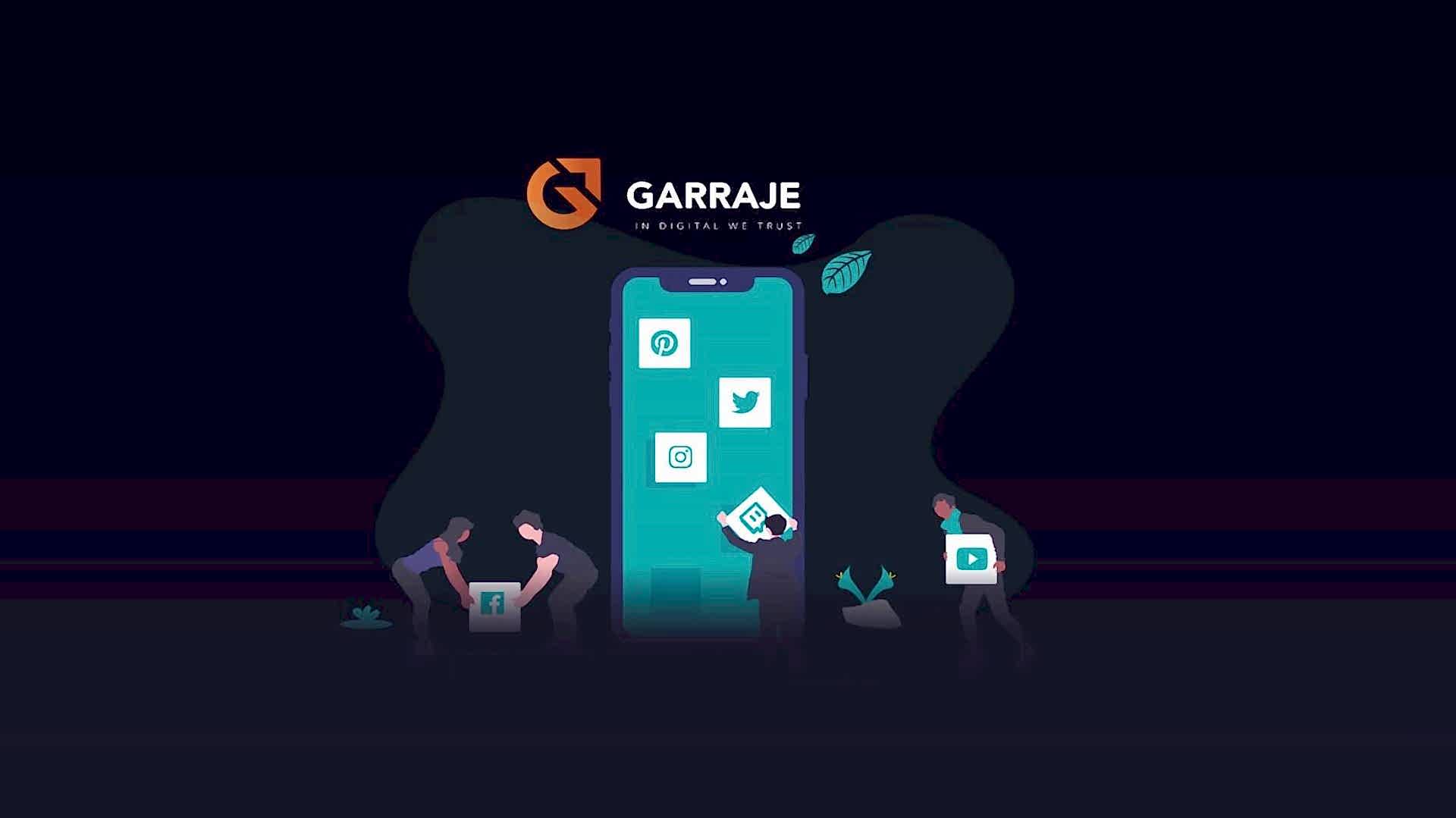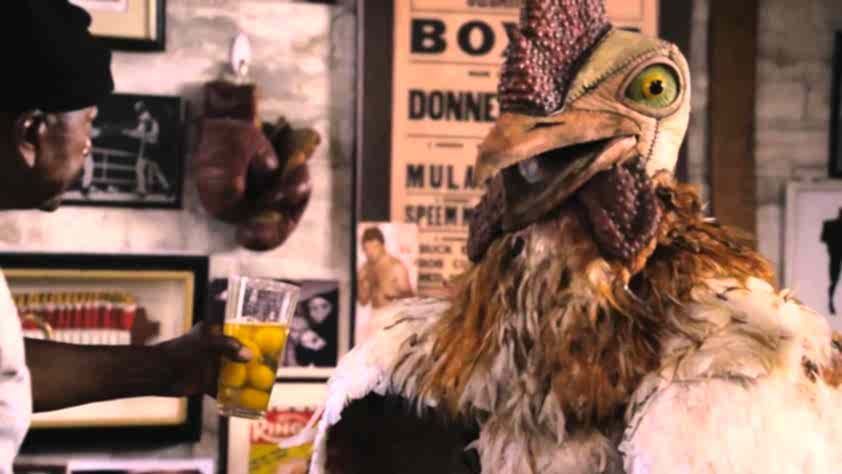
By Nat Ives , Online advertising for big brands gets ‘ugly’.
Taco Bell advertised its Nacho Fries on TV this year with a glossy, expensive commercial. It convincingly imitates a movie trailer for a sci-fi epic, complete with scenes of actor James Marsden, as an astronaut en route to a swirling portal in space.
“We had so many fans asking when the movie was coming out,”. Says Tracee Larocca, senior vice president of advertising at Taco Bell, a subsidiary of Yum! Brands Inc.
The work was entered for awards consideration at this week’s Cannes Lions ad festival in France.
But the restaurant chain also recently offered consumers. “The Taco Bell Show,” a low-budget, short-form YouTube talk show in which lesser-known celebrities such as Spencer Pratt play games with hot sauce.
“We definitely have a channel strategy,” Ms. Larocca says. “We have a different aesthetic for all of our platforms.”
While beautiful, costly productions remain most big advertisers’ favored tool of persuasion on TV.
In addition High-polish work is being chipped away online as consumers enthusiastically spread amateur and semiprofessional aesthetics, meme by meme and like by like.
Marketers are learning the art of looking a little less artful, the better to show that they understand certain audiences and platforms.
Tim Leake, senior vice president and chief marketing and innovation officer at the ad agency RPA, calls it the rise of “ugly advertising.”
“I really don’t want to agree with it. I don’t like it. I’ve come up in a world where craftsmanship is what it’s all about,” Mr. Leake says. “But at the end of the day it’s about connecting with people. If people are connecting with this, we owe it to ourselves to understand it.”
Examples include the Senate and presidential campaigns of Beto O’Rourke. whose messaging often takes the form of live-streamed shaky-cam footage — the candidate talking from behind the wheel during a nighttime, drive on the first day of his official run for the White House. For example, shot with a smartphone camera.
Deliberately “ugly” advertising, according to Mr. Leake’s checklist, is perhaps somewhat random but not sloppy, conveys an idea simply, and isn’t overly concerned with looking cool.
Red Flag
Growing ad avoidance by consumers is eroding the value of perfection. “People are developing an aversion to ads that look like ads. ” says Mr. Leake. “When they see that production value, it’s a trigger that you’re trying to sell me something, and people aren’t interested in that.”
General Mills Inc. marketing at the polished end of the spectrum, includes Honey Nut Cheerios commercials featuring the brand’s CGI bee and tie-ins with movies such as Walt Disney Co.’s latest “Avengers” film.
But the company also distributes GIFs of someone wearing a very analog bee suit and grainy vertical video of teenagers dancing with Reese’s Puffs cereal.
“Ugly can sell,” says Bill Roden, director of creative at General Mills.
High-finish content is a red flag on some channels, suggesting to users that the advertiser is an interloper.
In conclusion According to Mr. Roden. “When brands show up with work that’s really slick. it’s like they’re putting content on the platform, not in the platform,” he says.
“You need some degree of control and influence, but by no means should you be held hostage by your own brand guidelines,” he adds.
Asked whether unslick advertising will become common on TV. Mr. Roden says yes — in a sense. “Tweens, children, they watch YouTube,” he says. “That for me is TV.”
But marketers must avoid the appearance of insincerity — of trying to present themselves as something they’re not.
“If you’re a bank, you should not be doing this,” says Nick Douglas.
A staff writer at Lifehacker who wrote about what he termed the “Internet Ugly Aesthetic” in a 2014 paper in the Journal of Visual Culture.
So Financial institutions should emphasize professionalism and attention to detail over relatability, he says. “I want my bank to be very much not like me.”
Craft is Important
Brands sometimes deployed Intentionally ugly work before the modern online advertising and internet era. Burger King’s creepy “Subservient Chicken” campaign. Which featured someone in a chicken suit with garters, ran online advertising and on TV in 2004, a year before YouTube existed.
Also in 2004, Quiznos used the Spongmonkeys, crudely animated furry creatures born of the web, in a TV commercial.
“It was talked about so much because no one had done anything like that, “.
Says Jerry Hoak, executive creative director at the chain’s agency then, the Martin Agency, part of the Interpublic Group of Companies.
(He didn’t work on the campaign.) “In fact the internet was still young and brands weren’t really in that space. Half the people were ready for something like that and the other half completely didn’t understand it.”
Perhaps counterintuitively, the spread of ugly advertising is actually increasing the premium on craft. Mr. Hoak and others say. “It doesn’t always have to be expensive, but care and professionalism is still important,” Mr. Hoak says.
Procter & Gamble Co.’s Old Spice may still be best known for. “The Man Your Man Could Smell Like.” The humorous and elaborate ads, launched in 2010, saw actor Isaiah Mustafah move with very little effort from the shower to a boat to the back of a horse.
But this year Old Spice posted a video of social media personality Chaz Smith promoting its body wash with plenty of humor. But seemingly amateurish lighting and effects. The viewer comments on the video are full of sentiments like, “I’m OK with this being the future of advertising.”
The Chaz Smith Old Spice ad “looks and feels like the internet”.
Mr. Hoak says. “That’s not what makes it successful. It’s successful because it’s flawlessly executed.”
Mr. Ives is the editor of CMO Today at The Wall Street Journal.
Online Advertising for Big Brands Gets ‘Ugly’ — Journal Report.




